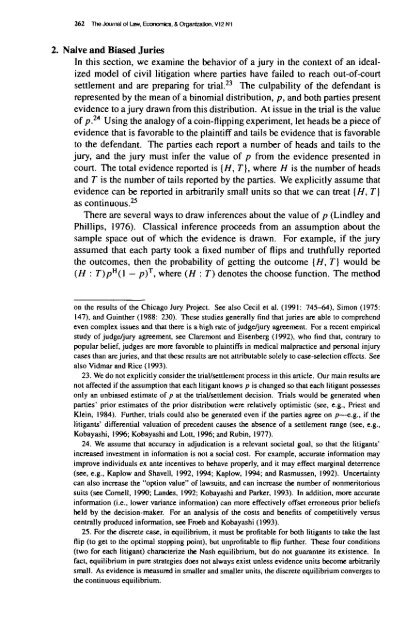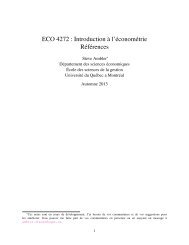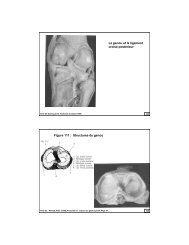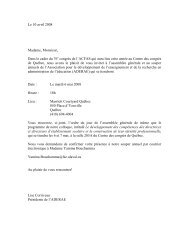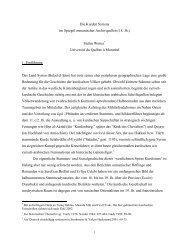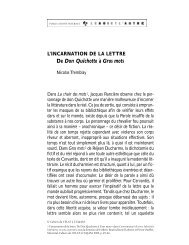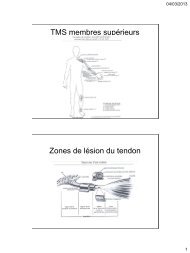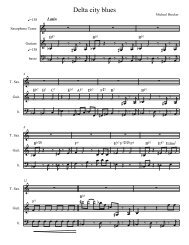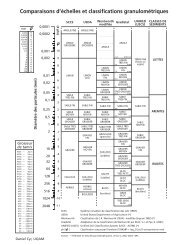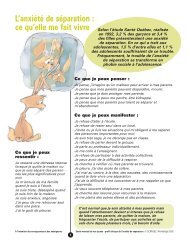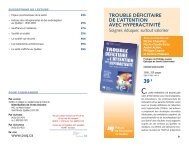Naive, Biased, yet Bayesian: Can Juries Interpret Selectively ...
Naive, Biased, yet Bayesian: Can Juries Interpret Selectively ...
Naive, Biased, yet Bayesian: Can Juries Interpret Selectively ...
You also want an ePaper? Increase the reach of your titles
YUMPU automatically turns print PDFs into web optimized ePapers that Google loves.
262 The Journal of Law, Economics, & Organization, V12N1<br />
2. <strong>Naive</strong> and <strong>Biased</strong> <strong>Juries</strong><br />
In this section, we examine the behavior of a jury in the context of an idealized<br />
model of civil litigation where parties have failed to reach out-of-court<br />
settlement and are preparing for trial. 23 The culpability of the defendant is<br />
represented by the mean of a binomial distribution, p, and both parties present<br />
evidence to a jury drawn from this distribution. At issue in the trial is the value<br />
of p. 24 Using the analogy of a coin-flipping experiment, let heads be a piece of<br />
evidence that is favorable to the plaintiff and tails be evidence that is favorable<br />
to the defendant. The parties each report a number of heads and tails to the<br />
jury, and the jury must infer the value of p from the evidence presented in<br />
court. The total evidence reported is {H, T), where H is the number of heads<br />
and T is the number of tails reported by the parties. We explicitly assume that<br />
evidence can be reported in arbitrarily small units so that we can treat {//, 7"}<br />
as continuous. 25<br />
There are several ways to draw inferences about the value of p (Lindley and<br />
Phillips, 1976). Classical inference proceeds from an assumption about the<br />
sample space out of which the evidence is drawn. For example, if the jury<br />
assumed that each party took a fixed number of flips and truthfully reported<br />
the outcomes, then the probability of getting the outcome {//, T] would be<br />
(H : T)p H (] - p) T , where (// : T) denotes the choose function. The method<br />
on the results of the Chicago Jury Project. See also Cecil et al. (1991: 745-64), Simon (1975:<br />
147), and Guinther (1988: 230). These studies generally find that juries are able to comprehend<br />
even complex issues and that there is a high rate of judge/jury agreement. For a recent empirical<br />
study of judge/jury agreement, see Claremont and Eisenbcrg (1992), who find that, contrary to<br />
popular belief, judges are more favorable to plaintiffs in medical malpractice and personal injury<br />
cases than are juries, and that these results are not attributable solely to case-selection effects. See<br />
also Vidmar and Rice (1993).<br />
23. We do not explicitly consider the trial/settlement process in this article. Our main results are<br />
not affected if the assumption that each litigant knows p is changed so that each litigant possesses<br />
only an unbiased estimate of p at the trial/settlement decision. Trials would be generated when<br />
parties' prior estimates of the prior distribution were relatively optimistic (see, e.g., Priest and<br />
Klein, 1984). Further, trials could also be generated even if the parties agree on p—e.g., if the<br />
litigants' differential valuation of precedent causes the absence of a settlement range (see, e.g.,<br />
Kobayashi, 1996; Kobayashi and Lott, 1996; and Rubin, 1977).<br />
24. We assume that accuracy in adjudication is a relevant societal goal, so that the litigants'<br />
increased investment in information is not a social cost. For example, accurate information may<br />
improve individuals ex ante incentives to behave properly, and it may effect marginal deterrence<br />
(see, e.g., Kaplow and Shavell, 1992, 1994; Kaplow, 1994; and Rasmussen, 1992). Uncertainty<br />
can also increase the "option value" of lawsuits, and can increase the number of nonmeritorious<br />
suits (see Cornell, 1990; Landes, 1992; Kobayashi and Parker, 1993). In addition, more accurate<br />
information (i.e., lower variance information) can more effectively offset erroneous prior beliefs<br />
held by the decision-maker. For an analysis of the costs and benefits of competitively versus<br />
centrally produced information, see Froeb and Kobayashi (1993).<br />
25. For the discrete case, in equilibrium, it must be profitable for both litigants to take the last<br />
flip (to get to the optimal stopping point), but unprofitable to flip further. These four conditions<br />
(two for each litigant) characterize the Nash equilibrium, but do not guarantee its existence. In<br />
fact, equilibrium in pure strategies does not always exist unless evidence units become arbitrarily<br />
small. As evidence is measured in smaller and smaller units, the discrete equilibrium converges to<br />
the continuous equilibrium.


